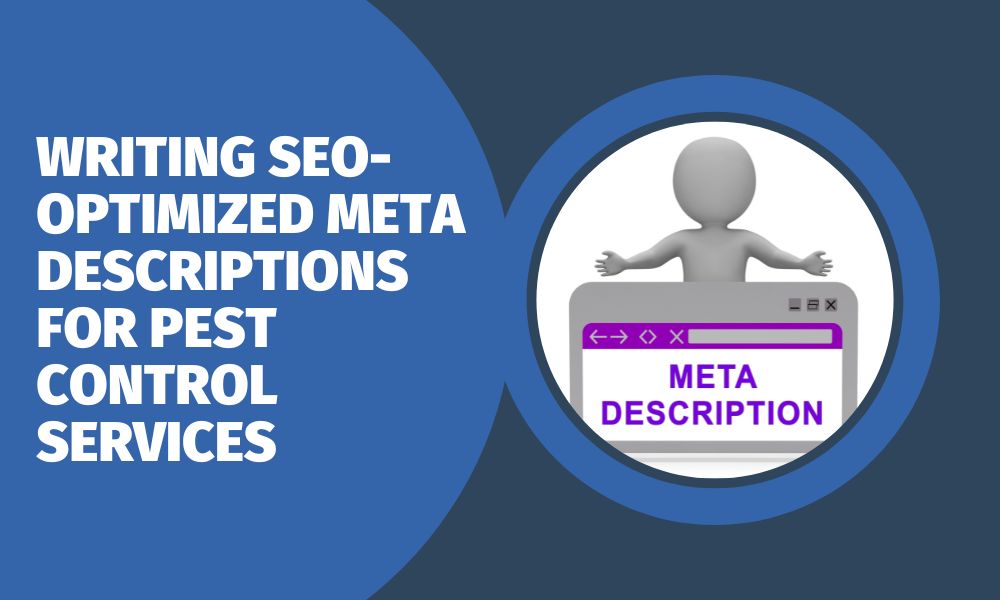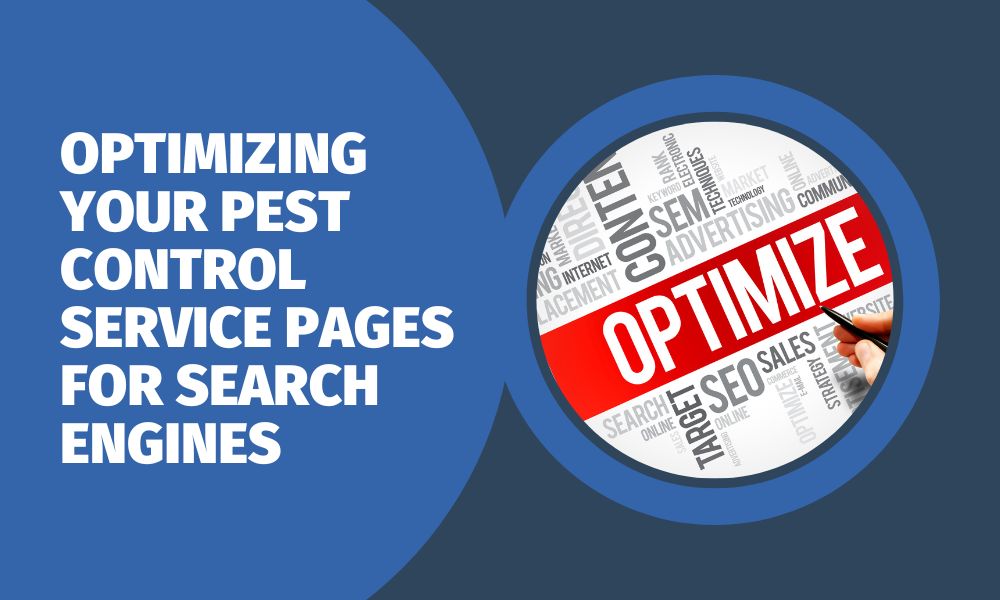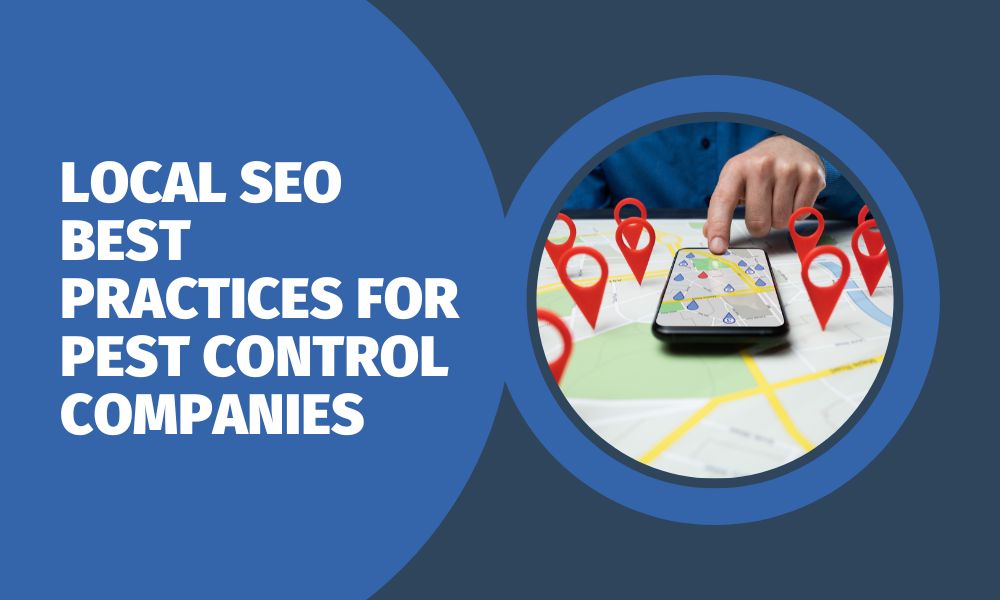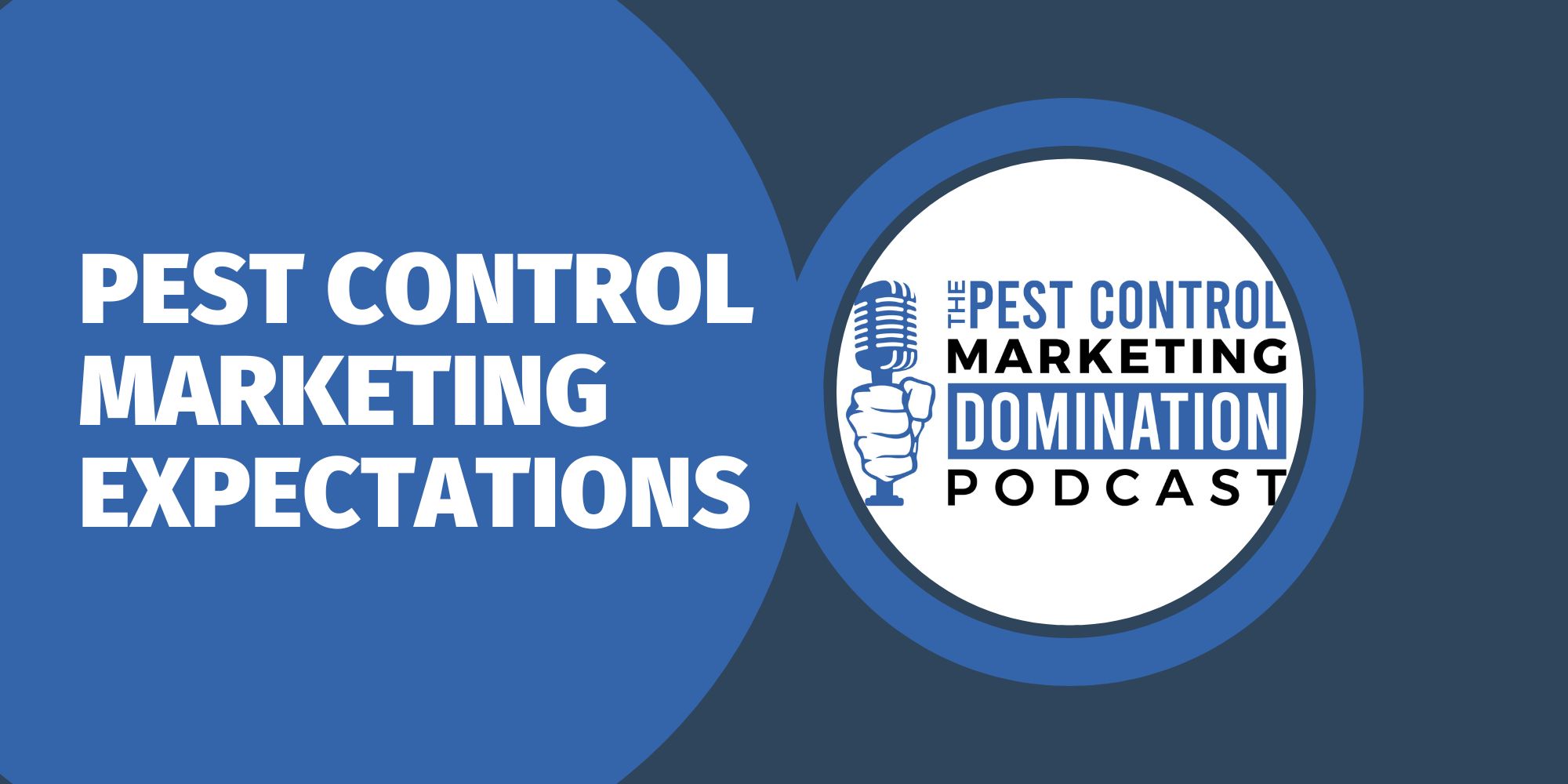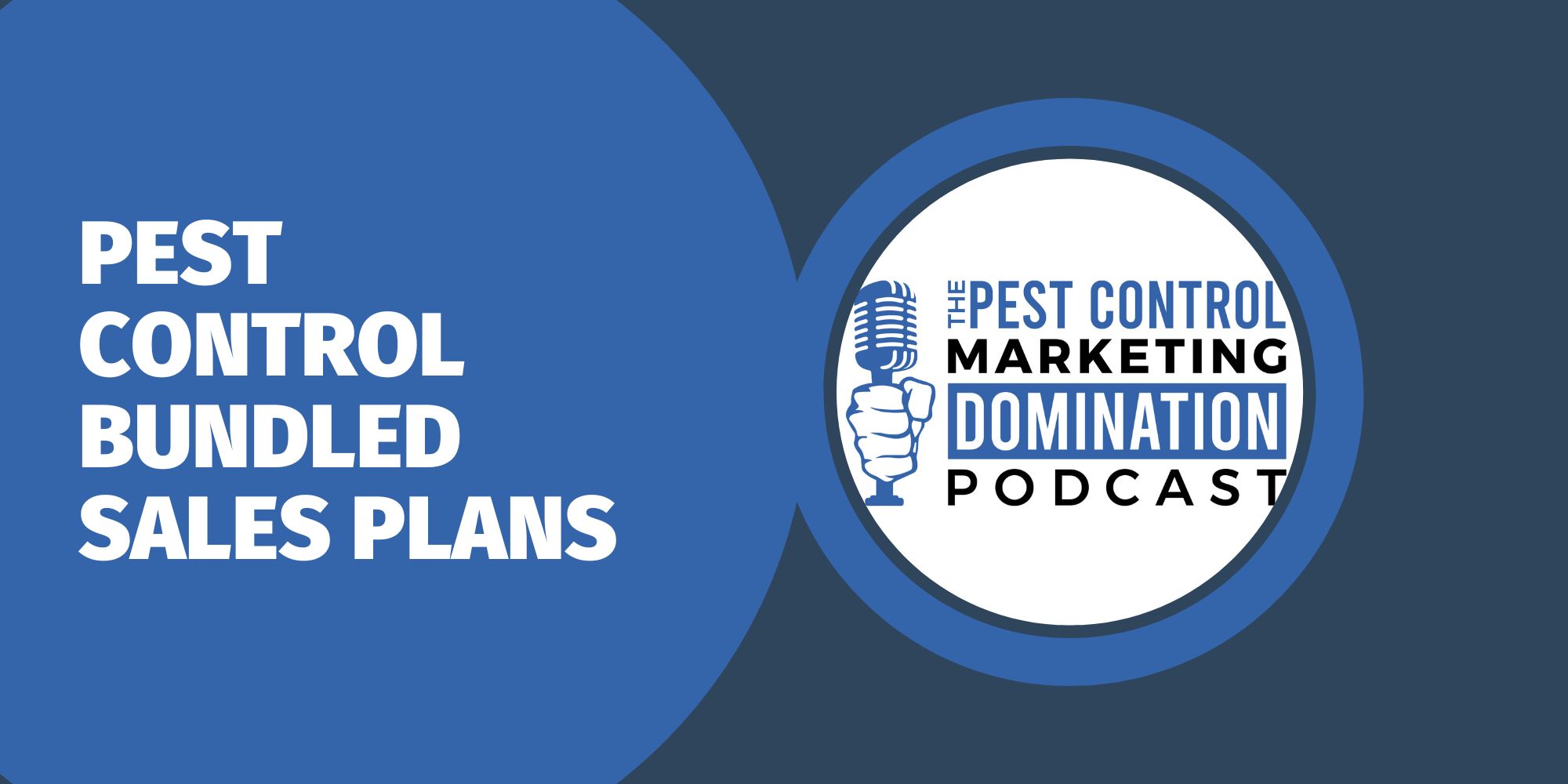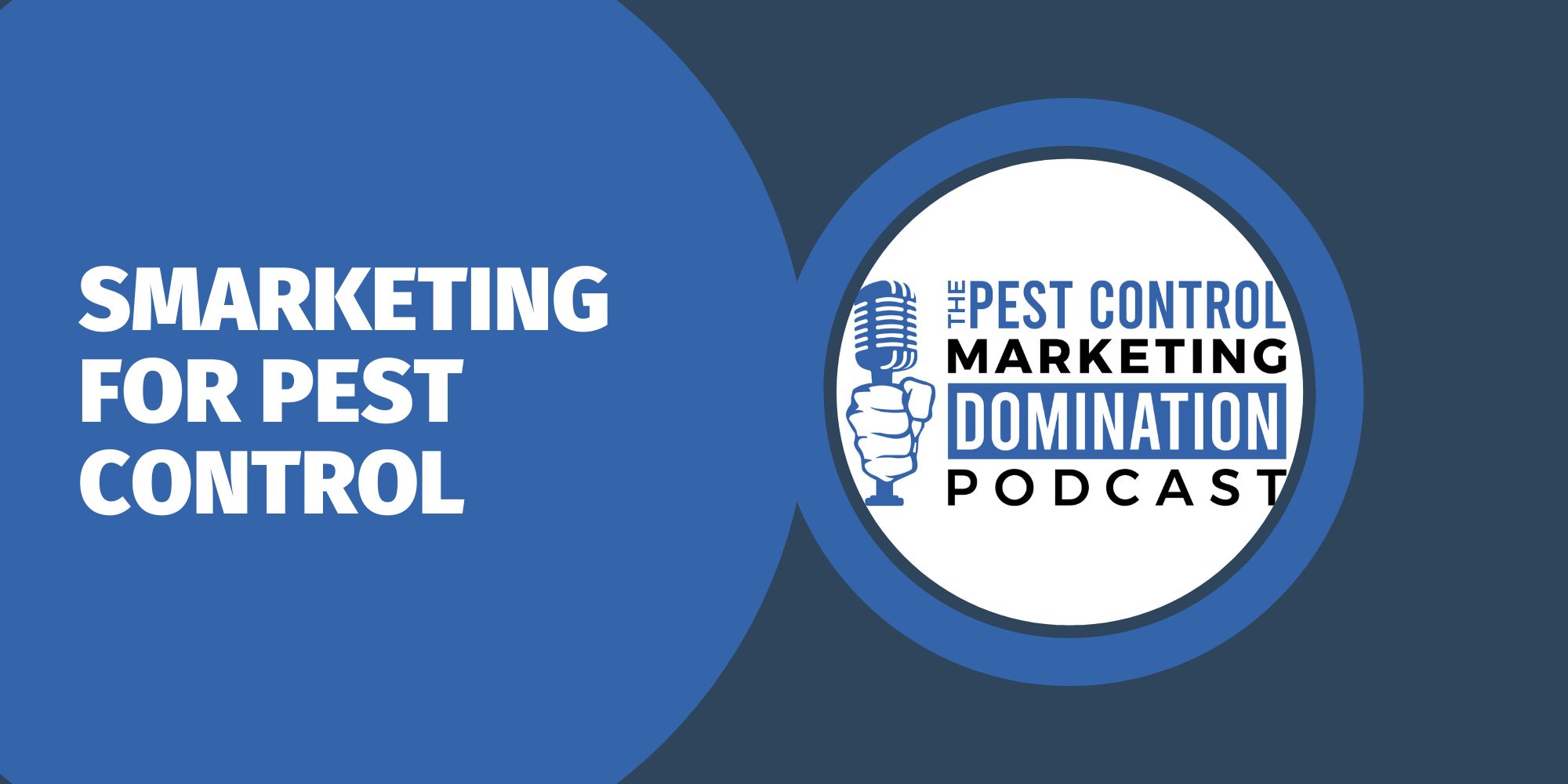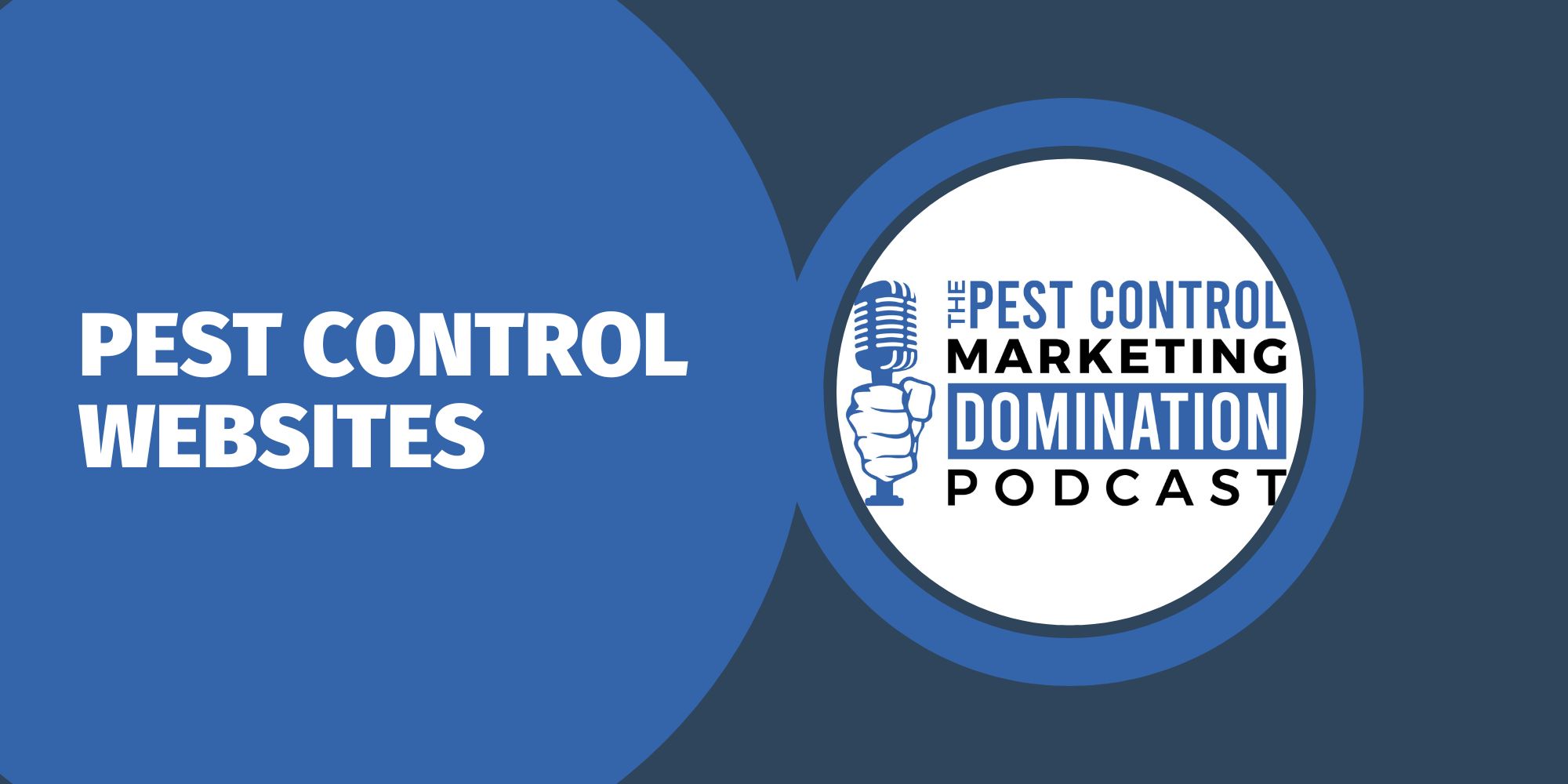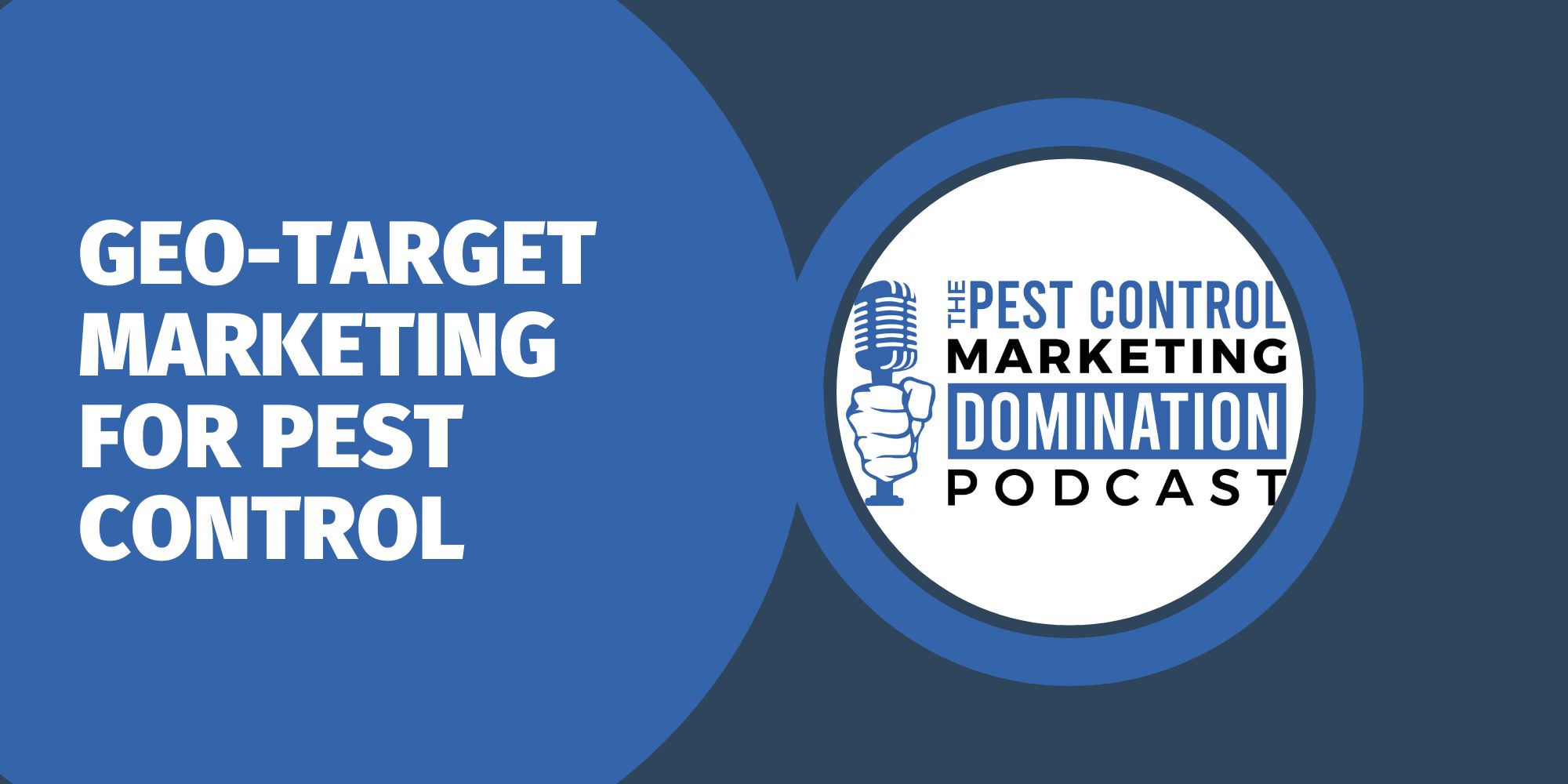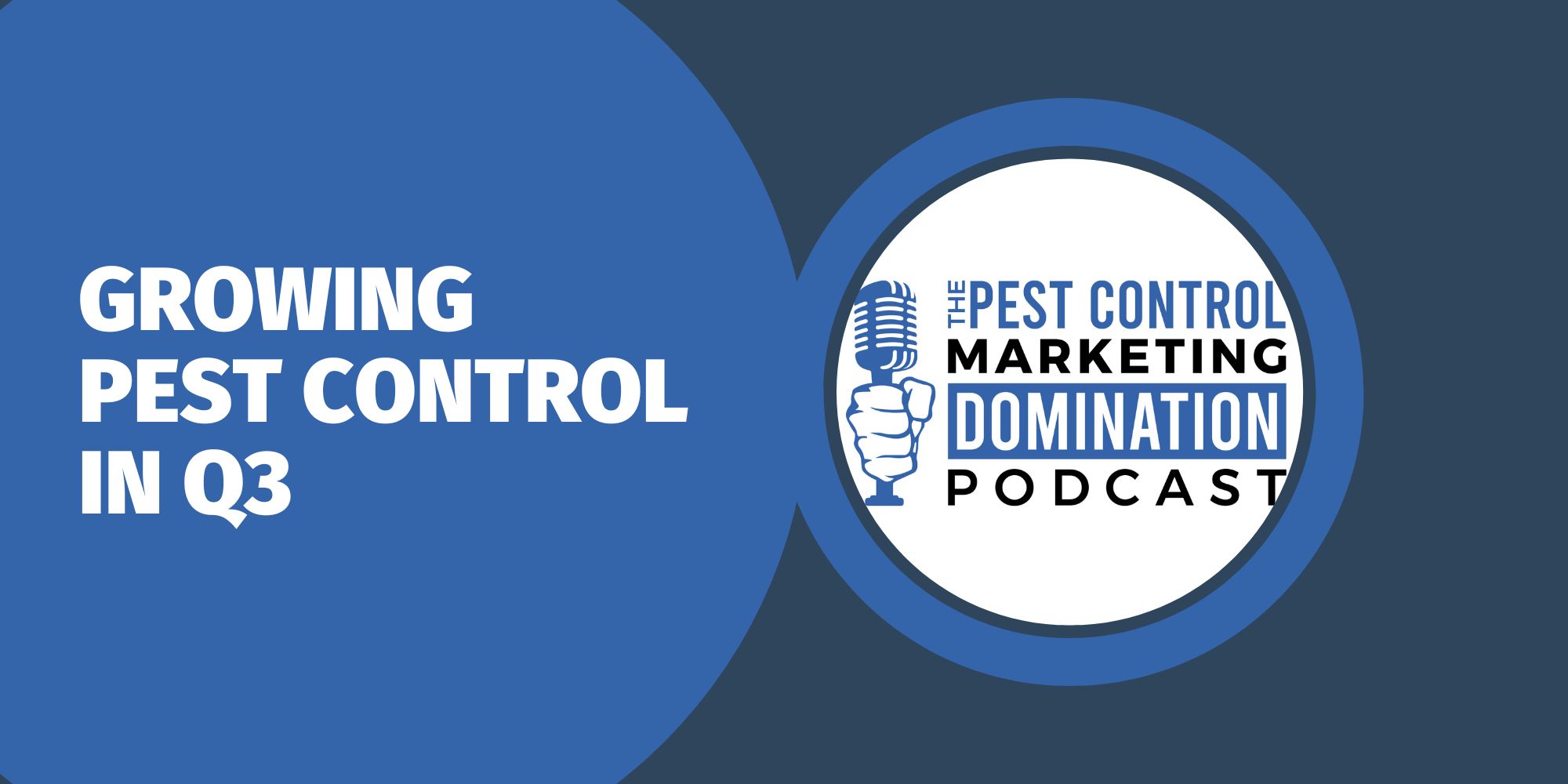If you’ve spent any amount of time researching SEO concepts and strategies, you probably already realize that good SEO helps you to rank highly on Google or other search engines. Did you also know the best SEO results for pest control should include topic-based content for your industry? Creating content that your target audience can engage with and learn from can ultimately set you up to be the subject matter expert in your industry for your local market area.
In case you did not know, for good SEO, content is king. The way you format and organize the content on your site AND the quality of the content you publish are both important factors to your quality prospects and the search engines. Search engines will reward you for proper organization with an increase in traffic and that traffic has a much better chance of converting prospects into leads than a site with no content. The idea is to understand the role of search engines and create a site that helps them do their job better.
Search engines exist to provide answers and solutions to search queries. To be the subject matter expert for pest control in your local area on Google, your site’s content must be the source for answers in your local market. You cannot have too much content but having quality content trumps the quantity of content you have any day.
Your pest control website should not act as an online brochure that takes up space online just to make people aware your company exists. It should act as the highly functional, lead-generating salesperson that works 24-hours a day to make you money and not just be an extra expense.
So, what do your visitors and the search engines consider to be quality content? You might already know that in order for your webpages to index properly and rank highly, search engines have to know what in the world they are about. It may seem easy enough to explain what a webpage is about, right? Well, that might be true for humans, but search engines do not process information quite the same way humans do.
Search engines perform a process known as “crawling” to help them interpret a webpage and its content. It does this for thousands of webpages relevant to a single certain search query to deliver the most relevant results to the query, usually in less than a second. Although crawlers such as Googlebot are highly advanced and intelligent, they favor content that is easy to interpret and understand.
What that means is that your content should include keywords in the URLs, headings, and subheadings of each webpage. There should be internal links that are properly displayed throughout each webpage, linking webpages to other webpages with relevant content, and there should be no broken links anywhere on the site. Images should also contain keywords using proper alt tags to ensure web crawlers know exactly what the images are about and display them for the proper search queries.
If you have been told there are ways to trick or outsmart the search engines, you have been lied to. Trying to trick them will only confuse them and potentially lead to a Google penalty. Do not get too fancy with keywords. Just format everything organically and naturally. More importantly, do not try to rank for all of your topics all at once. For example, do not try to rank for cockroaches, ants, bed bugs and spiders by mixing these bugs and insects on a single webpage. Separate each insect on a different webpage to increase your chance to rank for each individually.
Likewise, if you provide service to multiple locations, do not cluster your locations served into few webpages. Create different pages with different content for each location and each bug or insect for each location. Organize your content thinking in terms of the ways people make search queries. For example, people are not likely to make a search query about more than one type of spider in their area on a single Google search. If they are concerned about black widows and brown recluse, for example, they are likely to perform a search for each one individually because they understand that the search engine will provide them with the most relevant results if they break these into two different searches. The same goes for regional locations. If you service more than one area, do not publish content for multiple locations together. Instead, separate them so that your visitors and the search engines will not get confused.
Good SEO is not about trickery or magic. It takes work and dedication to create a site that markets to your local market and offers solutions to their concerns. The content published on the site should be helpful, engaging, attractive, informative, and entertaining. The work you put into your site’s content now will reward you for a long time and will turn prospects into leads and promoters of your brand.










